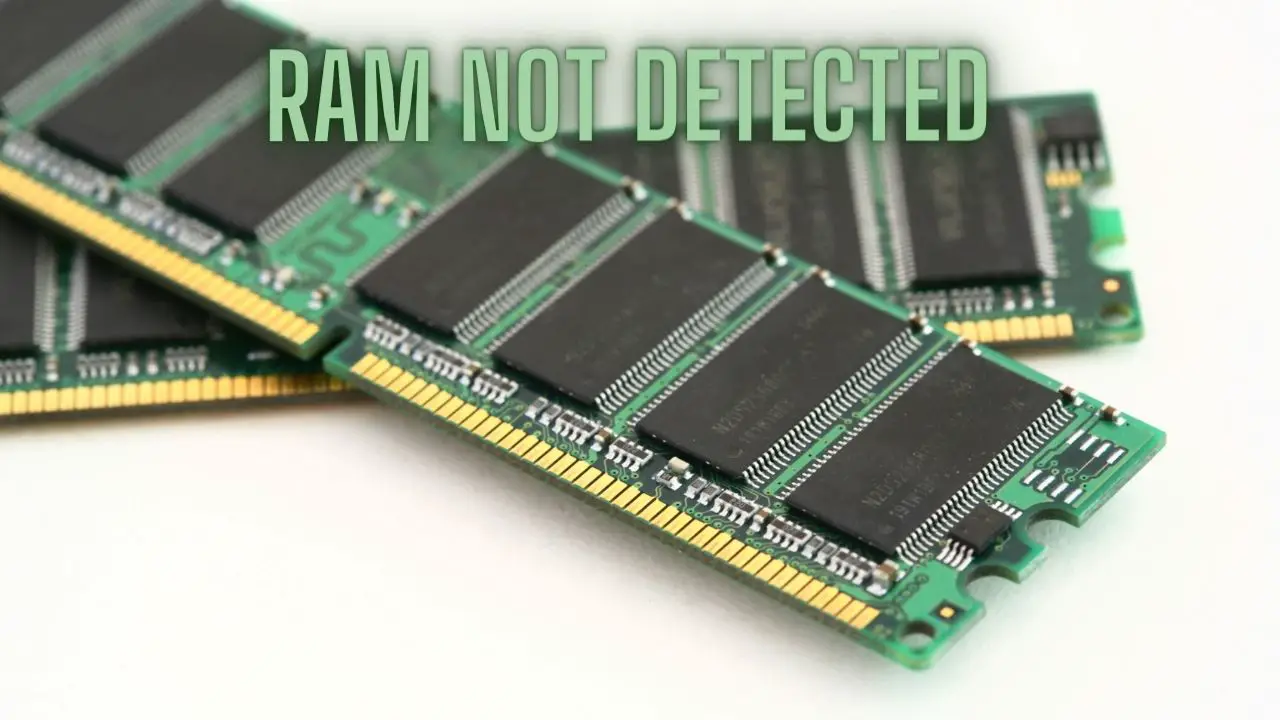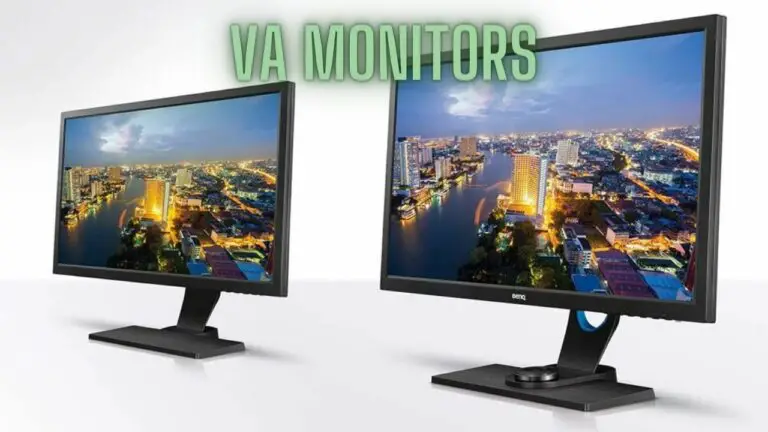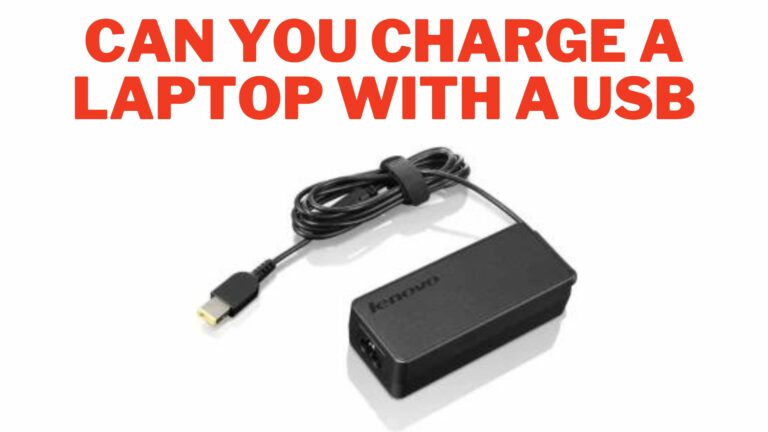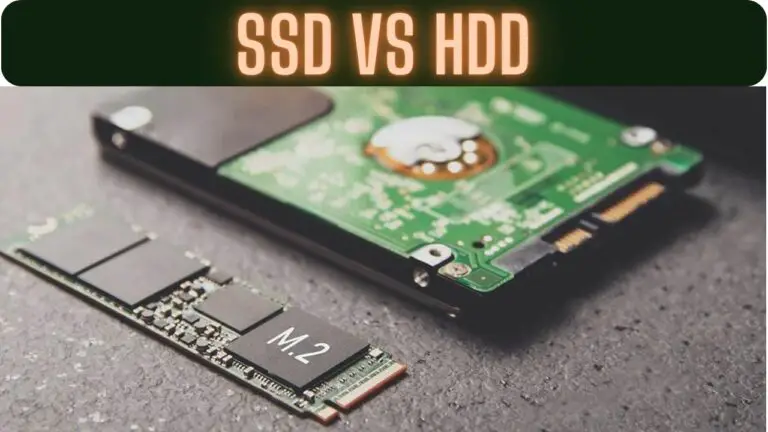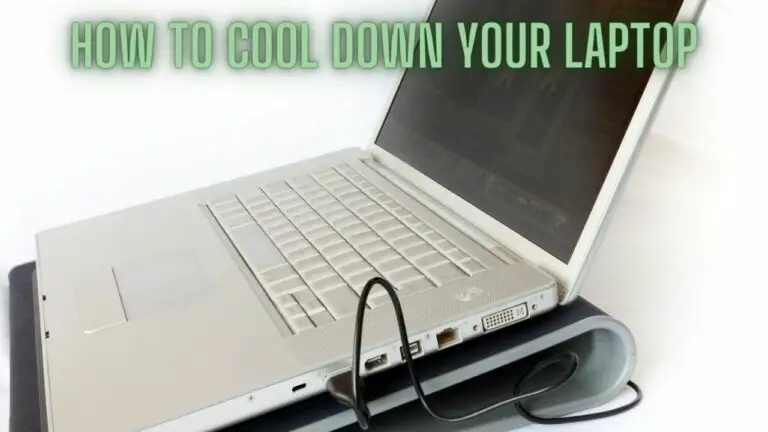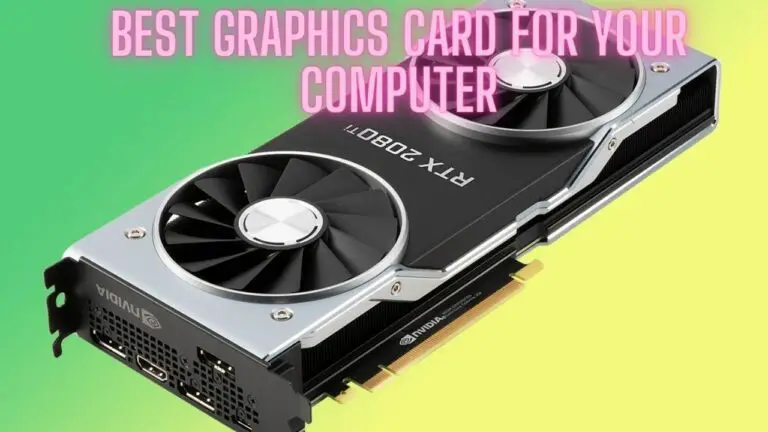How to Fix “RAM Not Detected” Error: Troubleshooting and Solutions
1. Introduction
Random Access Memory (RAM) is a crucial component of any computer. It serves as temporary storage for data that the CPU (Central Processing Unit) needs to access quickly. However, sometimes you may encounter an issue where your computer fails to detect or recognize the installed RAM. This can result in reduced performance and system instability. In this comprehensive 3000-word guide, we will explore the common causes of the “RAM Not Detected” error and provide step-by-step solutions to fix this issue.
Your computer’s performance is dependent on a variety of hardware components working in harmony. RAM, in particular, plays a pivotal role in ensuring smooth and responsive operation. When your computer fails to detect or recognize the installed RAM, it can lead to performance issues and system instability. This guide is designed to help you troubleshoot and fix the “RAM Not Detected” error, ensuring that your computer operates at its best.
2. Understanding RAM and Its Importance
RAM, or Random Access Memory, is a type of computer memory that serves as temporary storage for data that the CPU needs to access quickly. It is a crucial component for several reasons:
- Data Access: RAM allows the CPU to access data quickly, which is essential for smooth multitasking and running applications.
- Performance: More RAM often results in better performance, as it allows for the quick retrieval of data and efficient execution of programs.
- Multitasking: RAM allows you to run multiple applications simultaneously without a significant drop in performance.
- System Stability: Adequate RAM can help prevent system crashes and slowdowns caused by memory-related issues.
- Operating System: The operating system, along with all running applications, resides in RAM while the computer is turned on.
3. Common Causes of “RAM Not Detected” Error
If your computer fails to detect the installed RAM, it can be attributed to various causes. Here are the common reasons for the “RAM Not Detected” error:
3.1. Loose or Improperly Seated RAM Modules
One of the most common reasons for RAM not being detected is that the RAM modules are not correctly seated in their slots. This can happen due to improper installation or if the modules become dislodged over time.
3.2. Compatibility Issues
Compatibility issues can arise when the RAM modules you’ve installed are not compatible with your motherboard or other hardware components. This can result in the system not recognizing the RAM.
3.3. Faulty RAM Modules
RAM modules can become faulty or fail over time. If one or more RAM modules are defective, it can lead to the “RAM Not Detected” error.
3.4. BIOS Settings
Your computer’s BIOS (Basic Input/Output System) contains settings related to hardware components, including RAM. If the BIOS settings are not configured correctly, it can result in the RAM not being detected.
3.5. Motherboard Issues
Issues with the motherboard itself can also lead to problems with RAM detection. These issues can range from damaged RAM slots to more complex motherboard problems.
4. Step-by-Step Solutions to Fix “RAM Not Detected” Error
Now that we’ve identified the common causes of the “RAM Not Detected” error, let’s explore the step-by-step solutions to fix this issue:
4.1. Reseat the RAM Modules
The first step in troubleshooting RAM detection issues is to reseat the RAM modules. Here’s how:
- Power off your computer and unplug it from the electrical outlet.
- Open the computer case to access the motherboard.
- Carefully remove the RAM modules from their slots. Press down on the latches or levers at the ends of the RAM slots to release the modules.
- Inspect the RAM modules for any dust or debris, and gently clean them if necessary.
- Reinsert the RAM modules into their slots, ensuring they are correctly aligned with the notches on the modules and the notches in the RAM slots.
- Press down firmly until you hear a click, indicating that the RAM modules are securely in place.
- Close the computer case, plug in the computer, and power it on.
Check if the computer now detects the RAM. If the issue persists, proceed to the next step.
4.2. Check RAM Compatibility
Ensure that the RAM modules you’ve installed are compatible with your motherboard. Here’s what you can do:
- Consult your motherboard’s manual or visit the manufacturer’s website to find information about compatible RAM types and configurations.
- Verify that the RAM modules you have installed match the recommended specifications for your motherboard.
- If the RAM modules are not compatible, consider replacing them with modules that are.
4.3. Test Individual RAM Modules
To determine if any of your RAM modules are faulty, test them individually:
- Power off and unplug your computer.
- Open the computer case and remove all but one RAM module.
- Power on your computer and check if it detects the remaining RAM module. If it does, the detected module is likely functioning correctly.
- Power off your computer again, unplug it, and replace the first module with another one.
- Power on the computer and check if it detects the newly installed module. Repeat this process for each RAM module.
If the computer fails to detect a particular RAM module, it is likely faulty and should be replaced.
4.4. Update or Reset BIOS
Incorrect BIOS settings can lead to RAM detection issues. To update or reset your BIOS settings:
- Access your computer’s BIOS by pressing a specific key during the startup process (common keys include Del, F2, or F12). The key to access BIOS may vary depending on your motherboard manufacturer.
- Once in the BIOS, navigate to the section related to memory or RAM settings. The exact location and options may differ based on your motherboard.
- Check and adjust settings to ensure they match the specifications of your RAM modules. You can usually find this information on the RAM modules or in the motherboard manual.
- If you’re uncertain about the settings or suspect they are incorrect, you can reset the BIOS to its default settings. There is typically an option within the BIOS interface to reset to default settings.
- Save the changes (if any) and exit the BIOS. Your computer will restart.
After adjusting the BIOS settings, check if the computer now detects the RAM modules. If the issue persists, move on to the next step.
4.5. Inspect the Motherboard
If none of the previous solutions have resolved the issue, it’s possible that the motherboard itself is the source of the problem. Here’s what you can do:
- Inspect the RAM slots on the motherboard for any physical damage or debris. Clean the slots if necessary.
- If you have access to another compatible motherboard, you can try transferring the RAM modules to that motherboard to see if they are detected.
- If the RAM modules are detected in another motherboard, it may indicate an issue with the original motherboard. You may need to contact the motherboard manufacturer or consider replacing the motherboard.
5. Preventative Measures to Avoid “RAM Not Detected” Error
Preventing the “RAM Not Detected” error is often more manageable than fixing it. Here are some preventative measures:
- Handle RAM with Care: When installing or removing RAM modules, handle them carefully, avoiding excessive force or static electricity.
- Regular Maintenance: Periodically check your computer for loose or dislodged RAM modules, especially if you’ve moved the computer or performed maintenance on it.
- Update BIOS: Keep your motherboard’s BIOS up to date by visiting the manufacturer’s website for updates and following their instructions.
- Keep Documentation: Keep records of your RAM and motherboard specifications for reference in case you need to troubleshoot or upgrade in the future.
6. FAQS
What does the “RAM Not Detected” error mean?
- The “RAM Not Detected” error indicates that your computer is not recognizing or detecting the RAM modules installed, resulting in reduced system performance and instability.
Why is my computer not detecting the RAM modules?
- Several factors can cause the computer not to detect RAM modules, including loose or improperly seated RAM, compatibility issues, faulty RAM modules, BIOS settings, and motherboard issues.
How can I determine if my computer is experiencing a “RAM Not Detected” error?
- You can check if your computer is experiencing this error by accessing the system properties or BIOS. If the installed RAM is not displayed correctly or is significantly less than what you have, it indicates a problem.
What is “reseating” RAM, and how do I do it?
- Reseating RAM involves removing the RAM modules from their slots and then reinstalling them. To reseat RAM, power off your computer, open the case, remove the RAM modules, clean them if necessary, and firmly reinsert them into their respective slots.
How can I check if my RAM modules are compatible with my motherboard?
- You can check RAM compatibility by consulting your motherboard’s manual or visiting the manufacturer’s website for information on compatible RAM types and configurations. Ensure that the RAM modules you’ve installed match the recommended specifications for your motherboard.
What should I do if I find one of my RAM modules is faulty?
- If you suspect that one of your RAM modules is faulty, you can test them individually by removing all but one module and checking if the computer detects it. If a specific module is not detected, it is likely faulty and should be replaced.
How do I update or reset my BIOS settings?
- To update or reset BIOS settings, access the BIOS during the computer’s startup process by pressing a specific key (e.g., Del, F2, or F12). Once in the BIOS, navigate to the memory or RAM settings, adjust settings to match your RAM specifications, and save the changes. If you’re unsure about the settings or suspect they are incorrect, there is typically an option within the BIOS interface to reset settings to default.
Can a faulty motherboard cause the “RAM Not Detected” error?
- Yes, motherboard issues, such as damaged RAM slots or other hardware-related problems, can result in the “RAM Not Detected” error. If all other troubleshooting steps fail, you may need to consider the possibility of a motherboard issue and contact the manufacturer for further assistance or consider a replacement.
What are some preventative measures to avoid the “RAM Not Detected” error in the future?
- Preventative measures include handling RAM with care during installation and maintenance, performing regular checks for loose RAM modules, keeping BIOS settings up to date, and maintaining documentation of RAM and motherboard specifications for future reference.
What should I do if none of the troubleshooting steps work, and my RAM is still not detected?
- If none of the troubleshooting steps outlined in the guide resolve the issue, and your RAM is still not detected, it may be necessary to consult a professional technician or the motherboard manufacturer for advanced diagnostics and potential solutions.
7. Conclusion
RAM is a critical component of your computer, and the “RAM Not Detected” error can hinder its performance and functionality. By understanding the common causes of this issue and following the step-by-step solutions outlined in this guide, you can troubleshoot and resolve the problem.
Whether the issue is due to loose RAM modules, compatibility problems, faulty RAM modules, BIOS settings, or motherboard issues, a systematic approach to troubleshooting can help you identify and fix the problem. Additionally, practicing preventative measures can reduce the likelihood of encountering the “RAM Not Detected” error in the future.
Ensuring that your computer detects and utilizes the installed RAM is essential for optimal performance and efficient multitasking. With the knowledge and solutions provided in this guide, you can confidently address the “RAM Not Detected” error and maintain your computer’s performance at its best.

